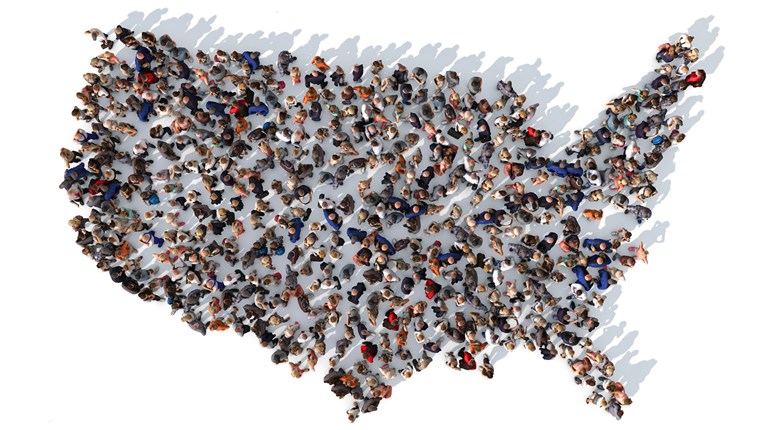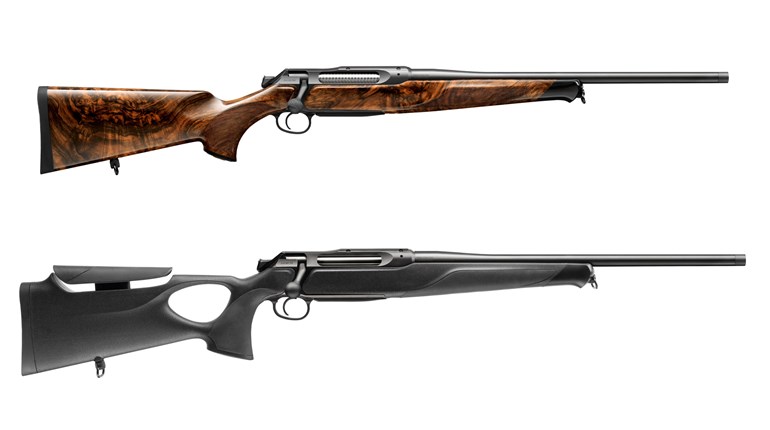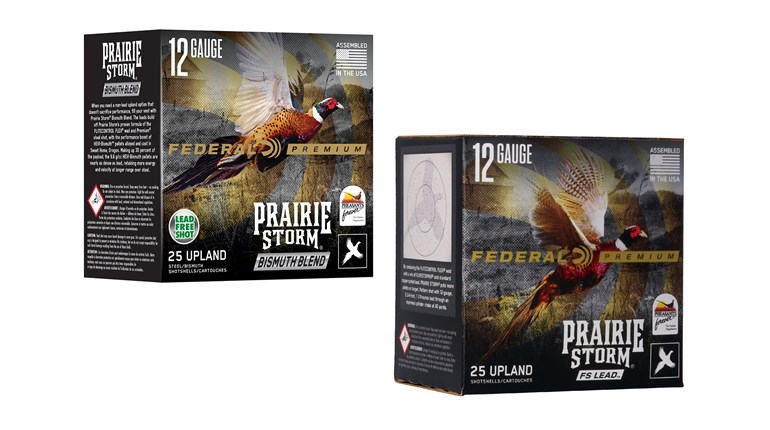
At the 2015 NRA Annual Meetings & Exhibits this past April in Nashville, I was introduced to Bob Murray of Old Tascosa Leather. A friend who is a big fan of the custom boots that Bob makes did the introductions. Not only is Bob one heck of a craftsman, but he’s also a Patron Life member of the National Rifle Association. That’s more than enough for me to want to give him a try, even if the wait is a little long. I decided to ask Bob a few questions about his bootmaking and his support for NRA.
Darren LaSorte: You’re a Patron Life member of the NRA. Why is it important to you personally to support the NRA so strongly?
Bob Murray: I have been an NRA member since I was a teenager and was first interested in guns. I became a Life member a number of years ago and have increased that level over the last couple of years. After the convention this year, my wife became an NRA member with her own separate membership. The NRA continues to lead the charge in preserving the Second Amendment and our rights under it. I enjoy gun collecting, reloading, hunting and shooting, and I do not want my right to do so to be diminished or taken away. As far as personal safety, it has been shown time after time, in U.S. cities and foreign countries, that heavily regulating a citizen’s right to legally own a firearm does not reduce crime. It is simple logic to me that the criminal element will ignore any law, and that the law-abiding citizen will be negatively impacted. It is critical that the NRA continues to have a strong membership base, and I will continue to do what I can to support that.
DL: What motivated you to begin to make handmade boots?The NRA continues to lead the charge in preserving the Second Amendment and our rights under it. I enjoy gun collecting, reloading, hunting and shooting, and I do not want my right to do so to be diminished or taken away.
BM: I have done some form of leatherwork for more than 40 years, but a few years ago I decided I wanted to do something more unique with leather. I had the idea to pursue custom-made cowboy boots and contacted the gentleman who had made my two pairs of custom boots. He has always been my leather “mentor” and is a second-generation bootmaker. He was as excited about teaching me the craft as I was to learn it. In a sense, I am continuing his family legacy. After learning the basics and spending over a year making boots only for my family, I decided I was ready to take orders from non-family customers. The demand for my boots continued to grow to the point where it is now 90 percent or more of my leather business.
DL: Friends of mine who are customers of yours say that you have the most intensive foot measurement process they have ever experienced. What does it entail, and would you agree that this process has been one of the keys to your success?
BM: The “traditional” way of measuring a customer’s foot is to take four to five measurements and do a foot outline. While some bootmakers can get a good fit this way, it leaves too many things to chance, in my opinion. The whole objective in measuring a customer’s foot is to transfer those measurements to your pattern and last (foundation). My thinking is that the more precise your measurements are, the more precise your pattern and final fitted last will be. Consequently, I take 11 measurements, a foot tracing and an ink imprint of each foot. I believe by doing this, it will ensure a more perfect fit and a more comfortable boot for my customer. I won’t make a boot for a customer unless I am able to personally measure their foot.
DL: On average, how many hours of labor go into each pair of boots? Do you have employees who help you?
BM: A standard, base pair of boots will take approximately 35 hours to complete. If the customer is interested in more detail, inlays, overlays or other special work, that will take more time. There are more than 250 steps in making a pair of boots, and I do each of them myself. If you own a pair of my boots, you can take comfort in knowing that they were made by one bootmaker, using only high-quality materials.
DL: When did you begin making boots from the skins that hunters brought to you?
BM: I started taking orders from customers using their own skins in 2014. This is not something I advertise, though. I have to wet the leather while making boots, and there is always a risk the leather can tear. I attempt to minimize this by buying only quality leather. However, when I use a customer’s skin, I do not know how it was tanned. This becomes more critical since I cannot simply buy another skin if necessary. My customer has to know ahead of time that I will do everything I can to minimize any risks, but they are always there.
DL: Have you noticed that customers who use their own animal skins cherish their boots just a little more than others?
BM:Yes, and it certainly adds to their story when they discuss the custom boots they are wearing.
DL: Is there a particular kind of exotic leather that you like to work with more than others?
BM:: My favorite leather is ostrich. While each exotic leather has its own unique beauty, I particularly like the look and feel of the entire ostrich skin.
DL: What is the toughest kind of skin you’ve ever worked with?
BM: The toughest in terms of durability would be elephant or shark skin.
DL: What percentage of your clients are return customers, and how long is your current waiting list?
BM: At this point approximately 15 percent of the orders I have on my books are return customers. I also seem to do a large percentage of husband-and-wife boots. One of them starts off ordering a pair of boots, and pretty quickly the other decides they want a pair as well. My current waiting list is approximately 18 months.
DL: Is it true that you have a full-time job outside of bootmaking? If so, have you ever considered doing only the boot thing?
BM: Yes, I am a career banker with over 30 years in the industry. My bootmaking “hobby” has now evolved into a full-fledged bootmaking business. Once I retire from banking, I can certainly envision bootmaking becoming my “second career.”
DL: When do you experience the greatest sense of satisfaction?
BM: It is always satisfying when a customer puts his or her boots on for the first time, smiles and says they feel great. It is also satisfying to be in a meeting or at an event, look around and see a number of pairs of boots I made in the room.



































